Behind the Design: Lee Broom on the story of how his award-winning Decanterlight came to be
Lee Broom's decanterlight is a modern design icon. In his own words, Lee explains how it came to life, how it elevated his business, and how it all stemmed from playing waiter as a child

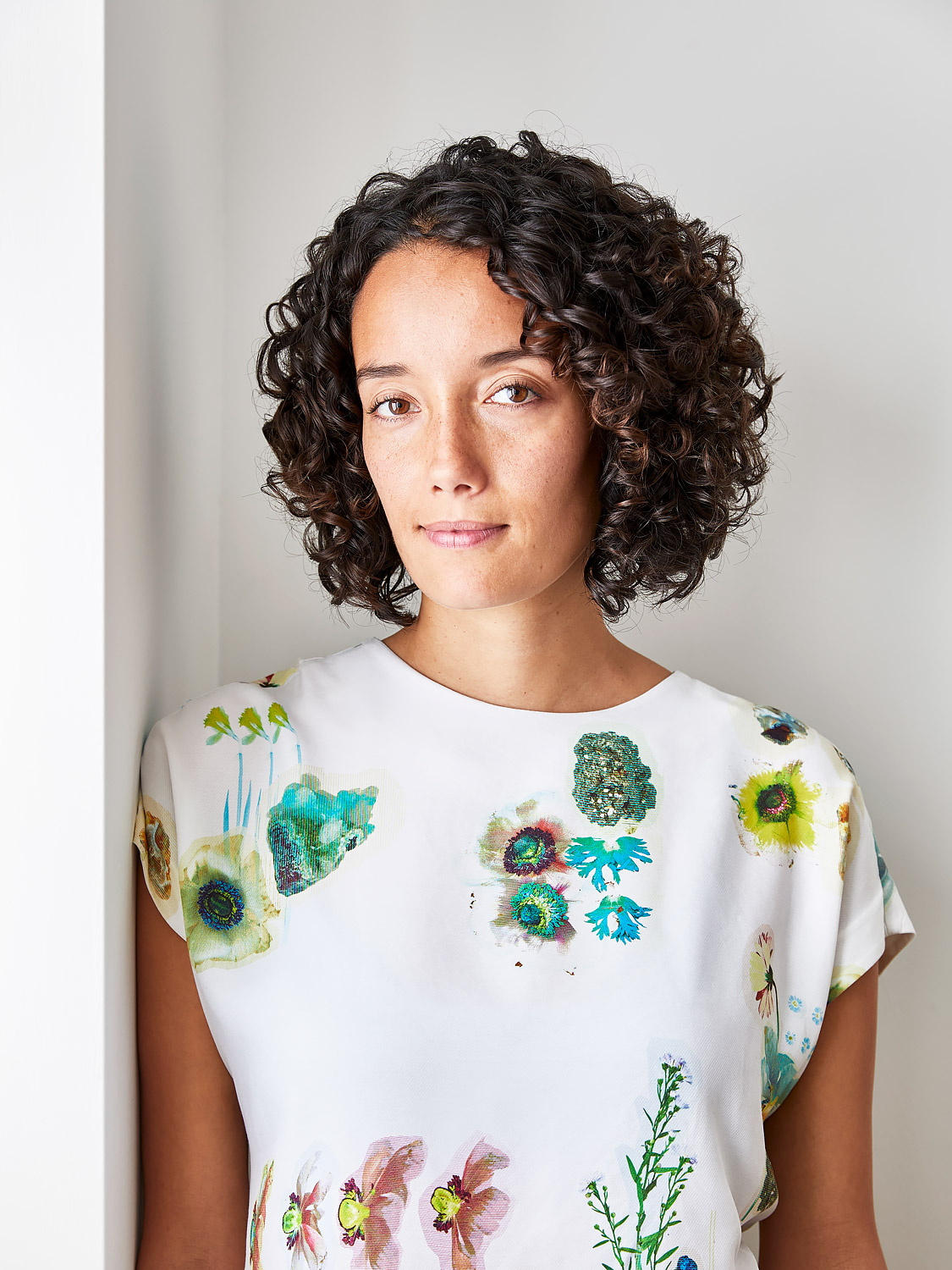
The Lee Broom decanterlight is an iconic piece of modern interior design. Created in 2010 by the then fledgling designer, Lee caught the spirit of the moment, capitalising on interest in heritage British flair (this was the era of gin in teacups, remember) and post recession upcycling.
It became part of the design language that still endures today - our editor Pip McCormac has collected three over the years which he has proudly hung in a cluster. "Their ridged patterns provide such interesting shines," he says. "Soft glows that are delicate and beautiful. I've hung them at different heights in my vanity area and I love their vintage-meets-modern-glam charm."
Now, Lee Broom is a world renowned designer, with stores in London and New York and projects in the Far East. Here, in his own words, is how the decanterlight came to be.
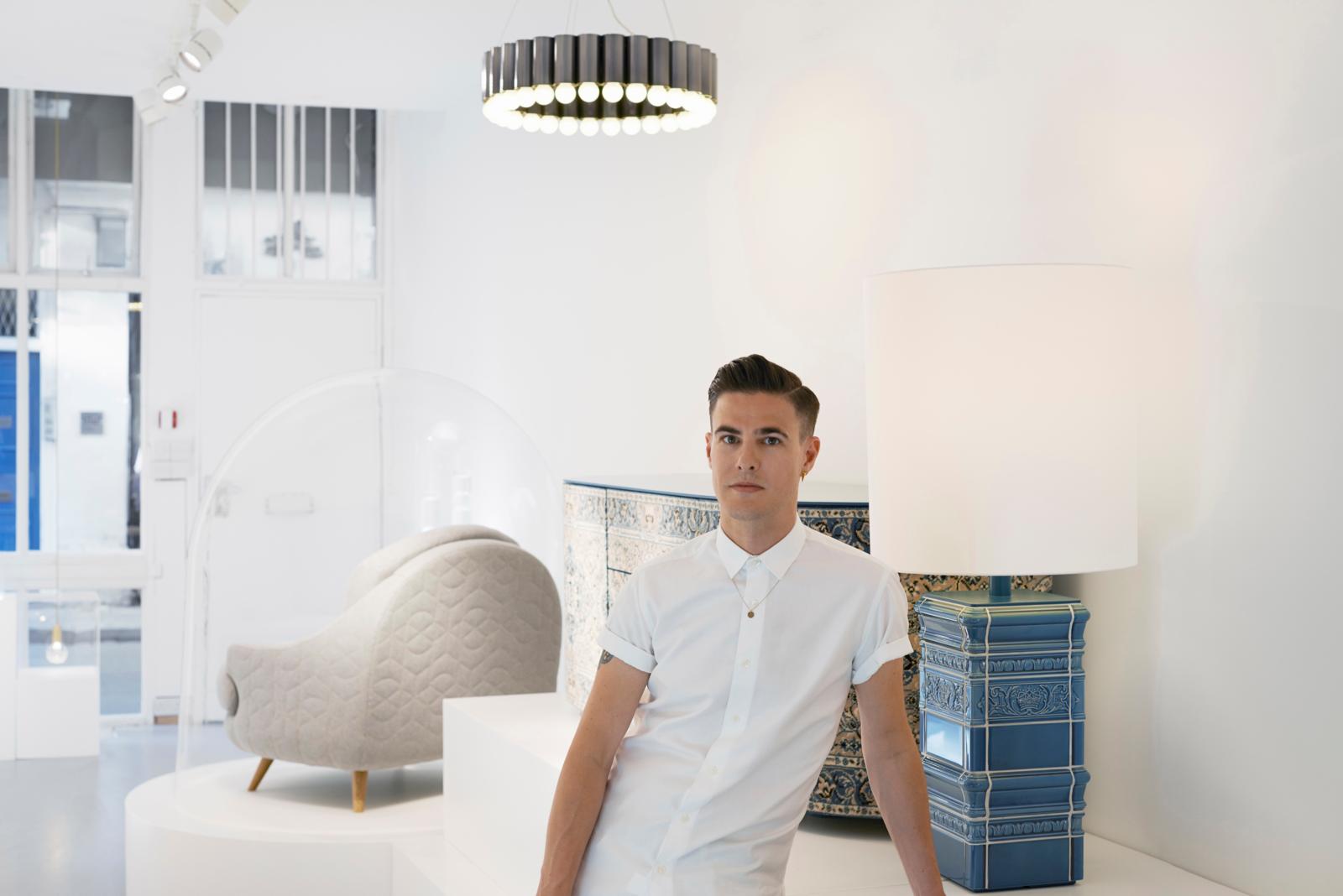
Lee Broom in 2016 with several of his other designs
When I was young, my parents had parties quite a lot and my sisters, cousins and I were in charge of the bar and making the drinks. We had a lot of crystal glassware – brandy balloons, crystal tumblers – and I remember thinking how beautiful and glamorous they were, and how cool to drink out of. I still have some of my mum’s pieces from back then, and I suppose it's where my fascination with glassware started. As an adult, I bought crystal glassware and used them at home for cordials or wine or cocktails. I love that they’re nostalgic, a throwback to another era.
Back in 2010 when Decanter came about, the brand was only three years old. The team consisted of just three of us and - myself, a design assistant and an intern, and we were working out the front room of my flat in Oval, South London. Luckily, I don’t like clutter so the backdrop of white walls, floorboards and furniture with 70s chrome accents worked quite well as a home office. We had two desks and a beanbag – I’d wake up, go into the living room and we would work, then in the evening I would pull a curtain across the desks and then the rest of the living room was my space to chill out in. Previous to that I had a tiny office in Deptford – two metres by four metres with no windows – so working from home was much more inspiring!

Up until 2010 I’d been creating large scale, limited edition furniture pieces which were very high end and almost pieces of art. I was experimenting with light on pieces of furniture using three-dimensional hand-bent neon – but they were more like sculptures. The Decanterlight was the first piece I’d designed that was accessible in its size and price, and my first light.
Decanter stemmed from an interiors project I was working on at Coquine, a bar and restaurant in Kensington. At the back of the restaurant, I designed a long communal table which lead up to a beautiful frosted glass window at the end of the room. It had glass shelving in front of it and I arranged vintage crystal decanters on the shelves and illuminated the back to create a glass and crystal silhouette, which seemed perfect for a bar and restaurant environment. I wanted to create a large-scale chandelier that swept along the length of the table so people could dine and drink alongside a beautiful installation. I looked at the decanters and thought ‘I wonder if I could make a light fixture out of some of those…’ and that’s how the piece was born. It felt crazy that nobody had done it before.
Be The First To Know
The Livingetc newsletters are your inside source for what’s shaping interiors now - and what’s next. Discover trend forecasts, smart style ideas, and curated shopping inspiration that brings design to life. Subscribe today and stay ahead of the curve.
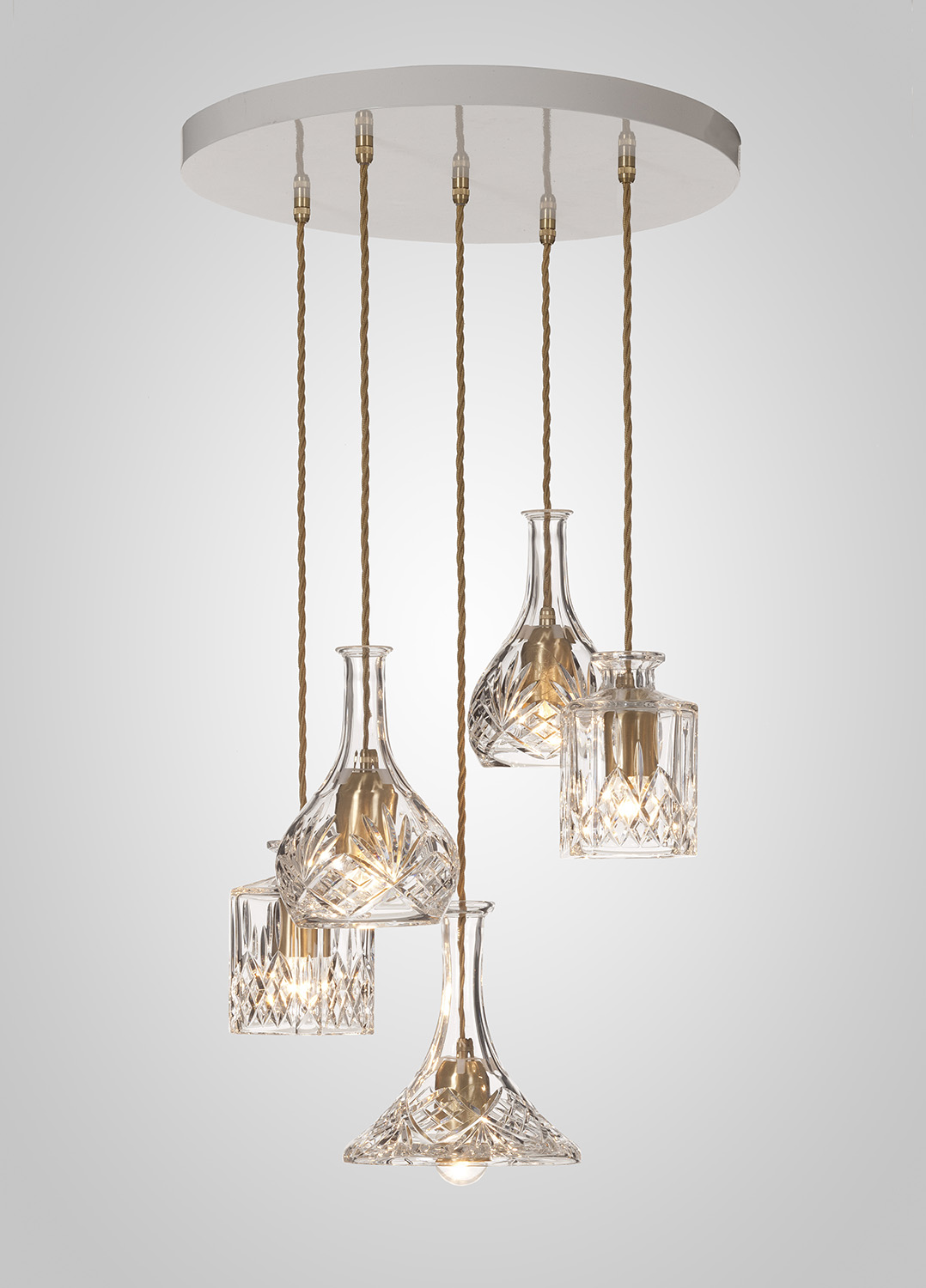
In 2010 upcycling and reusing was a big trend, which Decanter played into. For the first two years we made the lights from vintage pieces we sourced from flea markets, eBay, and local dealers. Funnily enough, as we started to sell more and more – we were selling hundreds and hundreds of them – the price of vintage decanters went up and we couldn’t afford to buy as many as we wanted to, which must have been a result of us just buying every single decanter in the market!
When John Lewis expressed interest in the product – it was moving more into interiors at that point – it wanted identical products, not one-off vintage pieces, which was also the feedback I was getting from designers and architects. We also started to see variations of our light being made by other people, and I realised that if we were to be credited with the idea that we should create our own and it should have our name on it (the design is massively copied everywhere now – ours are etched with our name). So we created our own decanter designs, in the shapes we still sell today – a square, a bell, and a tulip (which would be for whisky, wine and port) – and had them made in the Czech Republic which is known for its crystal glassware and cutting.
We did a gold electro-plated version for a short period of time, and an etched frosted version for a period as well for our pop-up shop in The Shop at Bluebird on London’s Kings Road. I quite like the idea of having limited releases, so they’re unique pieces of that moment.
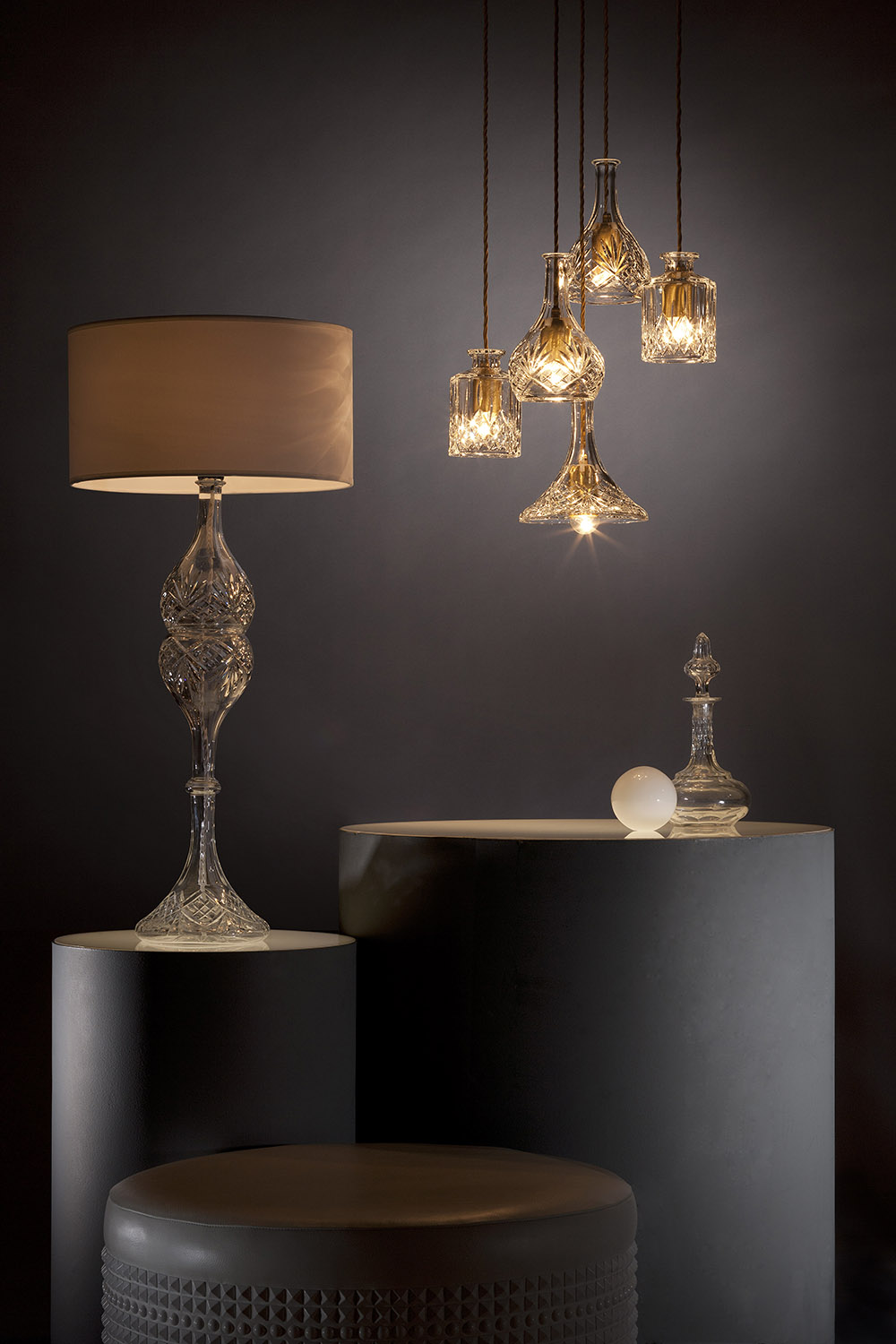
Decanter won several awards and was the design that enabled the Lee Broom brand to branch out globally – we started selling it in Hong Kong’s Lane Crawford in which was our first store outside of the UK, then in America with The Future Perfect and in the UK at John Lewis and Liberty London (I’d always wanted my work shown on the fourth floor!).
Decanter spawned other products, such as Half Cut, a glassware range which used a decanter stopper shape to form the base of champagne flutes – I always knew that looking at those buckets of thousands of stoppers we amassed would come in useful! Crystal Bulb, which became our biggest selling product for quite a long time, really stemmed from the success of Decanter. I actually dreamt that product – I often dream about products, I’ve got a sketchbook by my bed – I’d been thinking about crystal, and about wanting to design another light fixture and one night I dreamed of the Crystal Bulb, I saw its silhouette, the cuts and it switching on. A lightbulb moment, literally. It was 2012 and eight weeks to go until we were making our debut at Milan Design Week – we scrapped what we were working on to release the Crystal Bulb instead, and the rest is history.
For me, Decanter was a transition from DIY upcycling to creating something new on a mass level while retaining a hand-crafted element, it, something I took forward to the next stage of my product development. Its success was also pivotal with our move to the Shoreditch showroom – it was a signal that we needed to expand and move on.
What I’m most proud of is that we still sell Decanter and it continues to do incredibly well. Creating pieces with longevity is incredibly important to me, and it’s absolutely ticked that box – it’s a classic now.
Where to buy a Lee Broom decanterlight
Decanterlight by Lee Broom, £238
This classic piece of modern British design has stood the test of time, appearing in stylish homes for over a decade.

Amy Moorea Wong is a color authority and contemporary interior design writer who has specialized in all things decorating for over a decade. Amy is Livingetc magazine’s Colour Expert, Interiors Editor at The Glossary magazine and a Contributing Editor at Homes & Gardens magazine, and she frequently contributes to an array of global publications to share her insights on interior design zeitgeist. Her book Kaleidoscope: Modern Homes in Every Colour explores a collection of cool colorful homes fizzing with creativity, surprises, and inspiration.
-
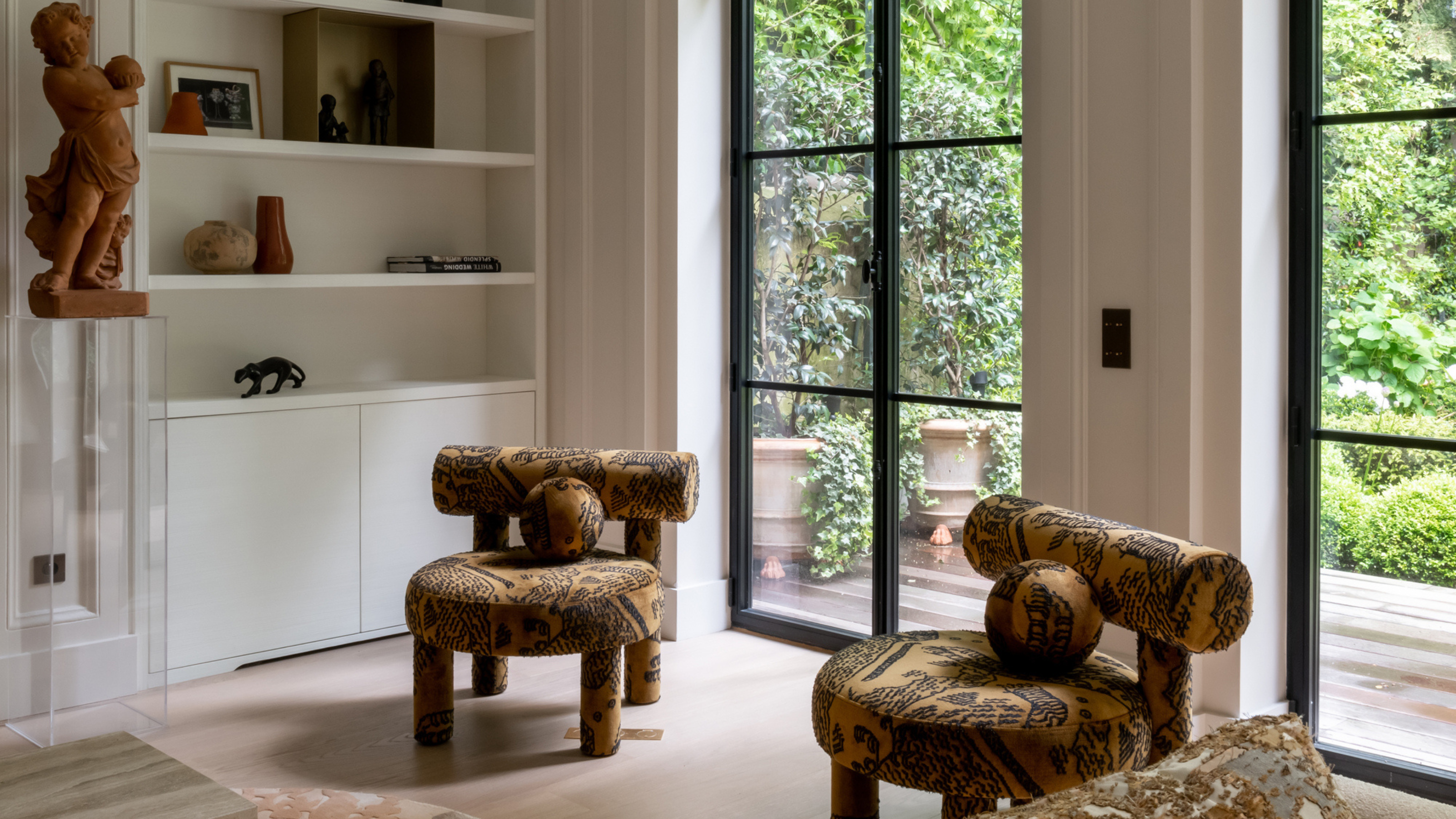 This Specific Fabric Print Is Literally Everywhere Right Now — Here's Why
This Specific Fabric Print Is Literally Everywhere Right Now — Here's WhyIt's whimsical, artistic, and full of character. We've called it already: Dedar's 'Tiger Mountain' is the fabric that will define 2025
By Devin Toolen
-
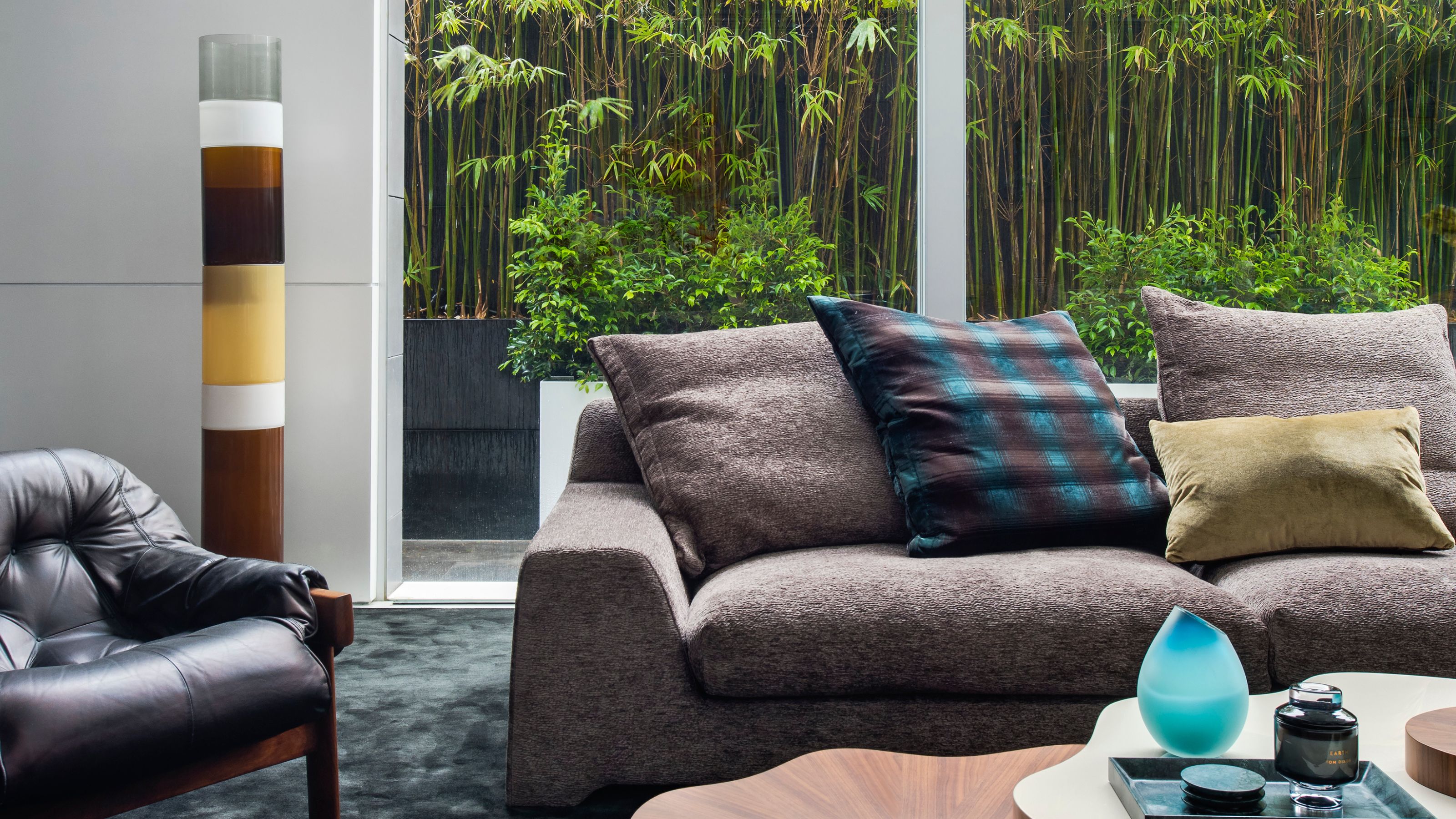 These Are the Dos and Don'ts of Bamboo Plant Placement — Follow This to Avoid Bad Feng Shui
These Are the Dos and Don'ts of Bamboo Plant Placement — Follow This to Avoid Bad Feng ShuiBy following the experts' guidance on where to place this houseplant you can usher luck, wealth, and prosperity into your home
By Lilith Hudson
